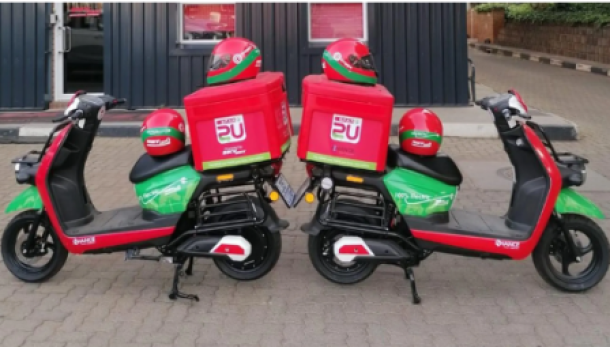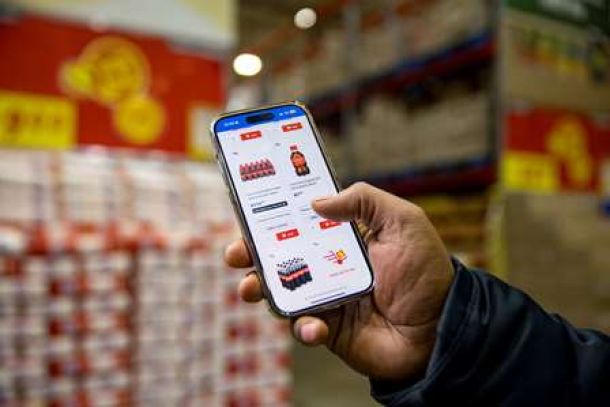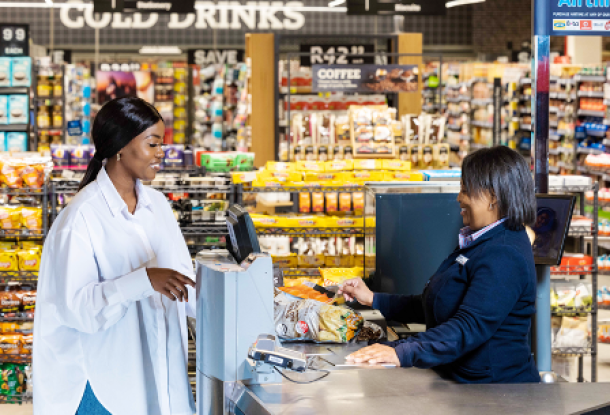Online shopping and the rapid globalisation of shoppers and retailers
Rapidly evolving technologies, changing demographics, and consumer preferences have created a change in the consumer product industry. With a growing shift in retail industry trends, driven by technology and access to the internet, consumers are now accessing most stores and brands through online platforms.
The growth in online shopping trends, along with global delivery systems, and the easier movement of funds through international banking systems, means retailers who were locally focused now have the opportunity to serve and communicate with a global audience. The increased globalisation of both the shopper as well as the retailer, largely impacts overall business and marketing strategies of the retailer, given that they now have a wider local and global audience available to target their products and brand toward.
Higher consumer expectations
Local online ticketing solutions provider, Webtickets, last year said they had noticed incredible changes in the online retail environment in South Africa, with two of the biggest shifts being the move to mobile and the increased sophistication of the local online audience. Webtickets stated that their consumer audience now had high expectations; insisting on interacting and doing business online quickly and effectively via their mobile devices, but at the same time wanted technical advancements and features that provided them with increased functionality.
The Digital Evolution Index developed by MasterCard, rates South Africa as the most developed digital economy in Africa, and one of the fastest growing in the world. South African consumers are migrating online for retail purchases as they begin to feel more at ease with the experience and the benefits of an interactive and fast-paced online environment.
Mobile experiences are improving and mobile devices, like tablets, are being deployed in customer-facing environments, including retail. On the sales floor, a tablet can be used to show customers different purchasing options or process transactions.
Online shopper data
Data from local payment gateway, PayFast, shows that the average basket size when it comes to online purchases in South Africa stands at around R725 per order. Statistics from the South African eCommerce survey (2015) found that the majority of online shoppers were women aged between 18 and 39, and that the majority of South Africans spent between R250 and R1,000 when making a purchase online.
About 33% of those surveyed made 10 or more purchases online per year and 28% of shoppers make online purchases using their mobile phones. Further analysis with PayFast found that the busiest times for online stores were after the 25th of each month and that 70% of all online transactions were paid for with a credit or cheque card.
According to PayPal (2016), following South Africa, three other markets in Africa are also seeing significant e-commerce adoption, namely Egypt, Nigeria and Kenya.
Streamlined purchasing
Online has streamlined the customers’ ability to purchase in many ways, from one click to order, easy access to their shopping chart, and simple checkout processes. This has led to online consumers being less loyal to brands, due to an increasingly busy and competitive online marketplace.
It is vital for retailers to pair innovative technologies with targeted digital marketing campaigns as a way to make their products and services stand out, since global online marketing has become an important component of the overall globalisation process. Online retail presents customers with seemingly endless choices, and consumers are far more in control of their purchases.
Retailers and service providers are compiling more and more customer data – from user accounts and social networks. Based on this data, sophisticated programs can calculate the time, type, and scope of the customer's next purchase with high precision and probability. This can yield diverse ways of personalising advertising, customer interactions, and product offerings.
An omnichannel approach
Orange Business Services notes that to deliver exceptional omnichannel customer experience, acquire new customers and ensure their loyalty, companies must strengthen their relationships, taking into account all communication channels. End users expect and demand more, so companies must adopt a 360° customer relationship strategy to satisfy new trends and expectations.
New technologies, new customer behaviours via voice, chat, email, social networks, interactions between consumers and companies are constantly evolving and diversifying, along with new ways of communicating via smartphones and other devices. The customer is looking for a personalised experience and retailers will need to deliver in order to stay relevant in an ever-evolving market.
News Category
- International retailers
- On the move
- Awards and achievements
- Legislation
- Wine and liquor
- Africa
- Going green
- Supplier news
- Research tools
- Retailer trading results
- Supply chain
- Innovation and technology
- Economic factors
- Crime and security
- Store Openings
- Marketing and Promotions
- Social Responsibility
- Brand Press Office
Related Articles

Two local businesses see a gap as food and groc...

SARS launches WhatsApp channel to help check ta...

Shoprite launches online shopping and bulk deli...

Sixty60 promises lightning-fast delivery of 10 ...


